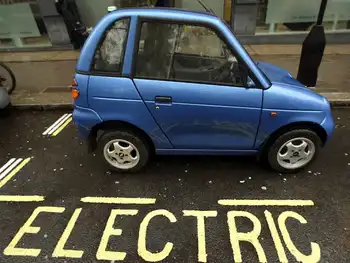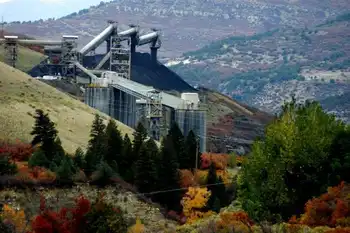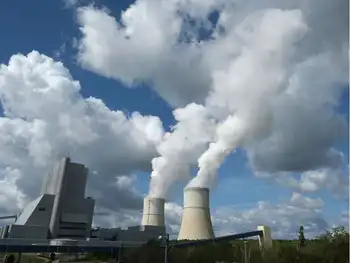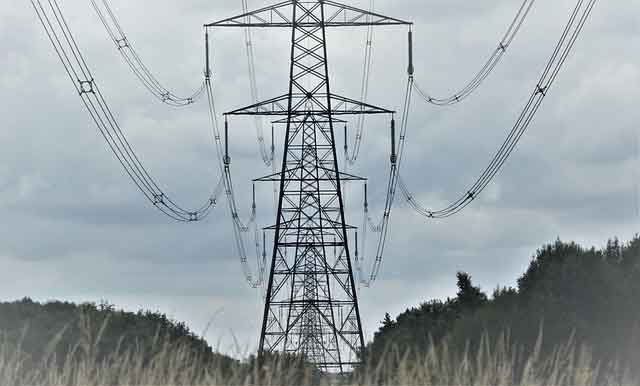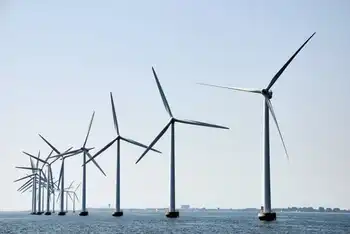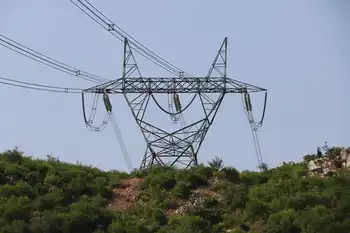Are 'green' governments color blind?
By United Press International
Arc Flash Training - CSA Z462 Electrical Safety
Our customized live online or in‑person group training can be delivered to your staff at your location.

- Live Online
- 6 hours Instructor-led
- Group Training Available
In Europe, government leaders vie with opposition politicians, who want to take over their ministerial chairs, each claiming that they are truly the greenest leaf in the political forest, regardless of the color — blue, yellow, red, black or even green — their party paints on its masthead.
Even when a policy is clear in principle, a range of events — from the potentially catastrophic to the bureaucratically absurd — underline how difficult it can be to implement "green" policy.
Here are three examples from Britain, France and Germany.
Official British government policy is to boost the share of renewables in the energy mix from barely 2 percent at the start of the millennium to some 20 percent by 2020. It openly acknowledges a mix of motives. Committed to the goal of reducing greenhouse gases, Britain, like Germany, sees greenness as a source of jobs and a chance to build up technological expertise that can be sold worldwide.
Here's the rub. The only factory in the United Kingdom that produces steel blades designed for wind turbines is about to be closed by its owners — Vestas Wind Systems — with the loss of 600 or more "green jobs." The company blames the closure on government inaction over cumbersome planning procedures. According to the company, these allow "nimby" — not in my back yard — groups to delay or block the construction of wind turbines.
A sit-in protest at the factory's closure has, unusually, received wide backing from Greenpeace and other green activists. Media reports contrast the government's inaction on speeding up planning consents with recent pronouncements that government support will help create 400,000 "green industry" jobs in the United Kingdom by 2015.
In Germany, the current coalition's compromise deal with the nuclear industry for a slow phase-out of nuclear power generation is under threat — and not only from the business-friendly Christian Democrats who have argued to extend the life of some plants. The emergency shutdown of the Krummel nuclear power plant has renewed calls, notably from the Social Democrats, to speed up the phase-out and sparked renewed debate — just ahead of a general election — about the future of nuclear power.
Nuclear proponents argue it might be a better alternative to more gas from Russia as the 10- to 20-year clean fuel bridge to an energy economy based on renewables. That case was strengthened last year as oil and gas prices soared and Russia's apparently aggressive stance over gas to Ukraine and the conflict with Georgia raised doubts about increasing European reliance on Russia as an energy supplier.
With all German parties claiming to wear the green mantle, the Social Democrats are saying the nuclear issue is one to be resolved by the German people when they go the polls in a general election at the end of September.
In France, where energy saving is — as elsewhere — seen as a key component of a greener future, the state's energy regulator seems not to have got the message. It has decided that Voltalis — a company that installs energy-saving meters in homes — should compensate France's monopoly electricity supplier for the revenue lost through lower energy consumption.
Clearly, there is more than one way to be "green."





